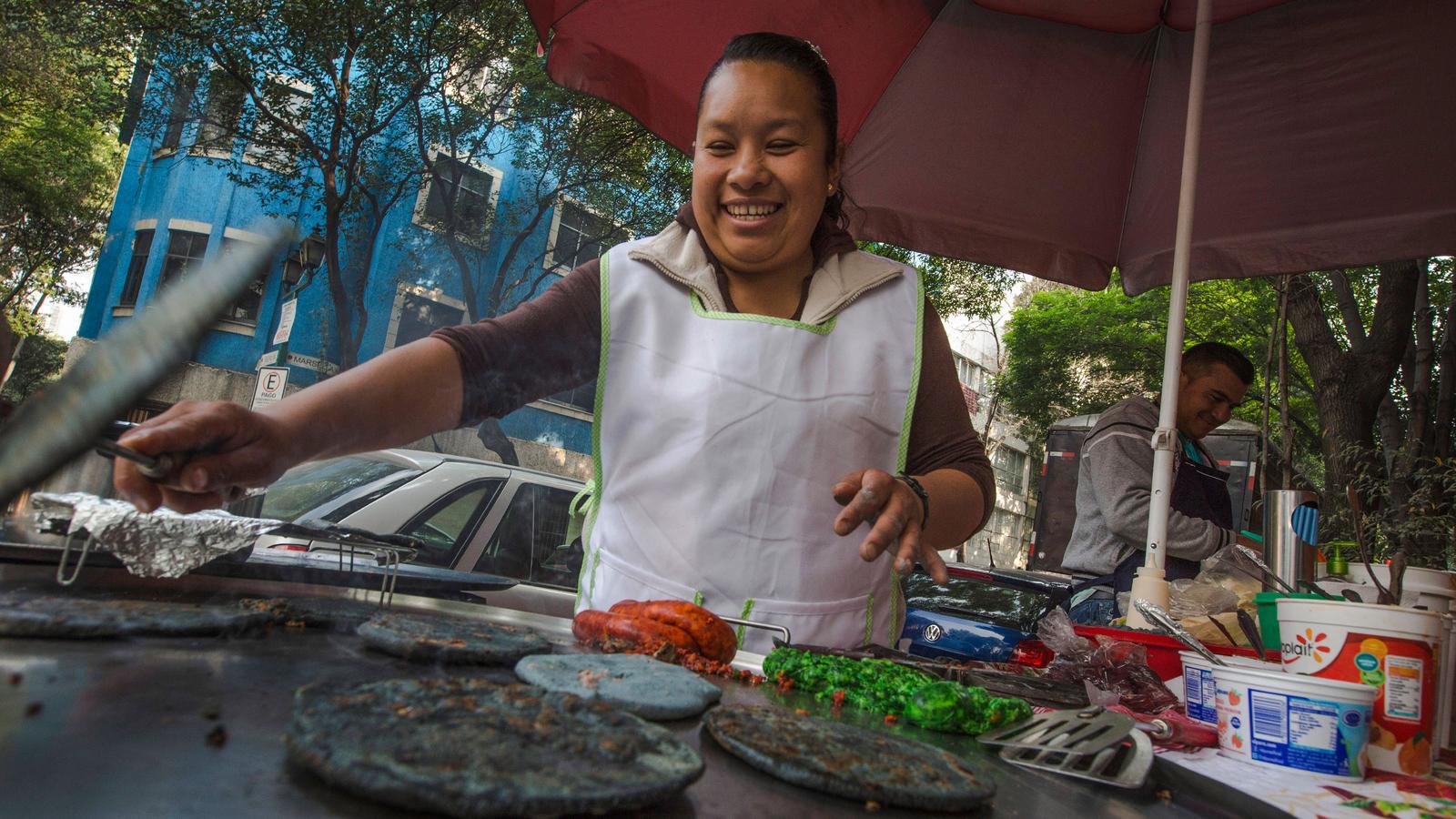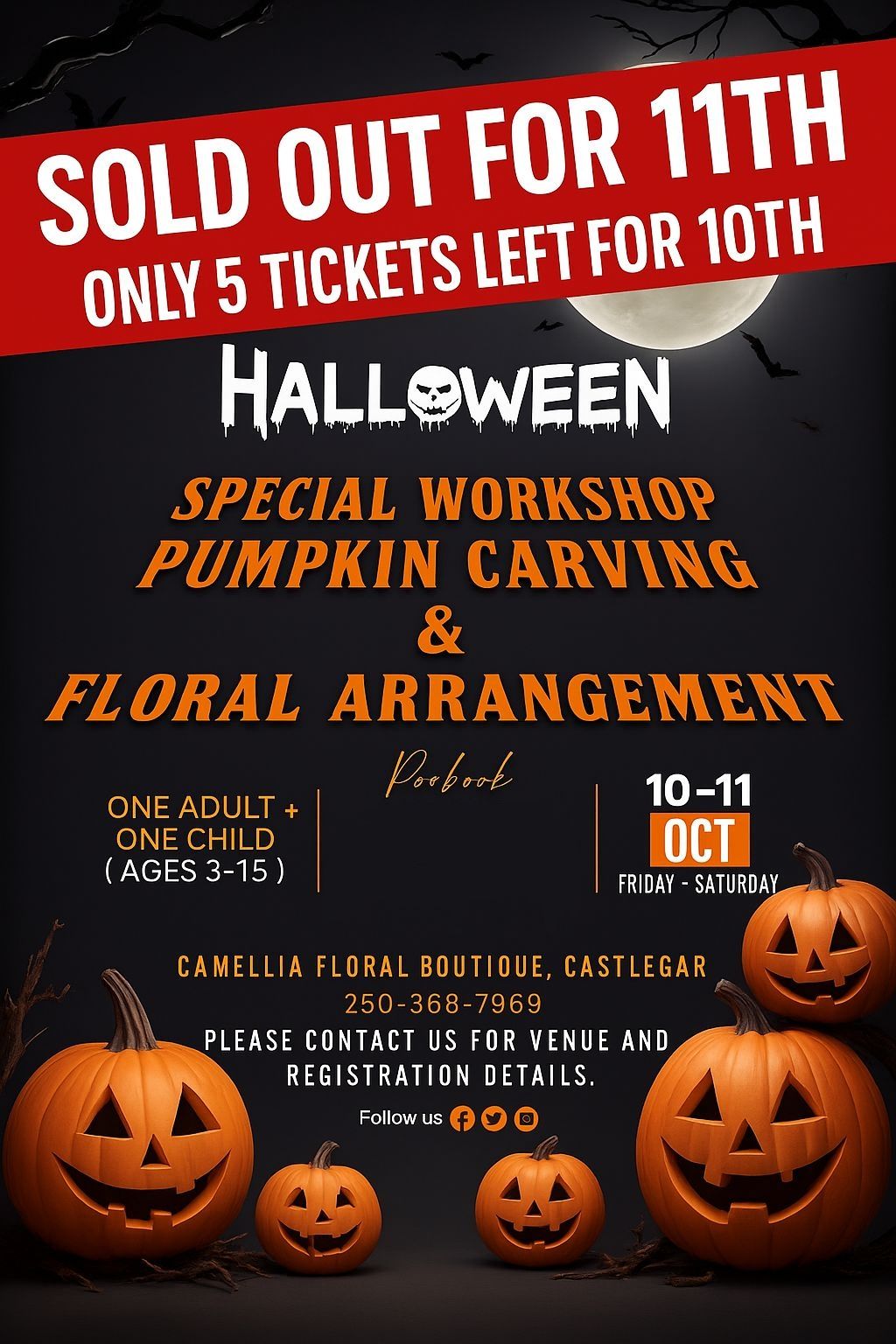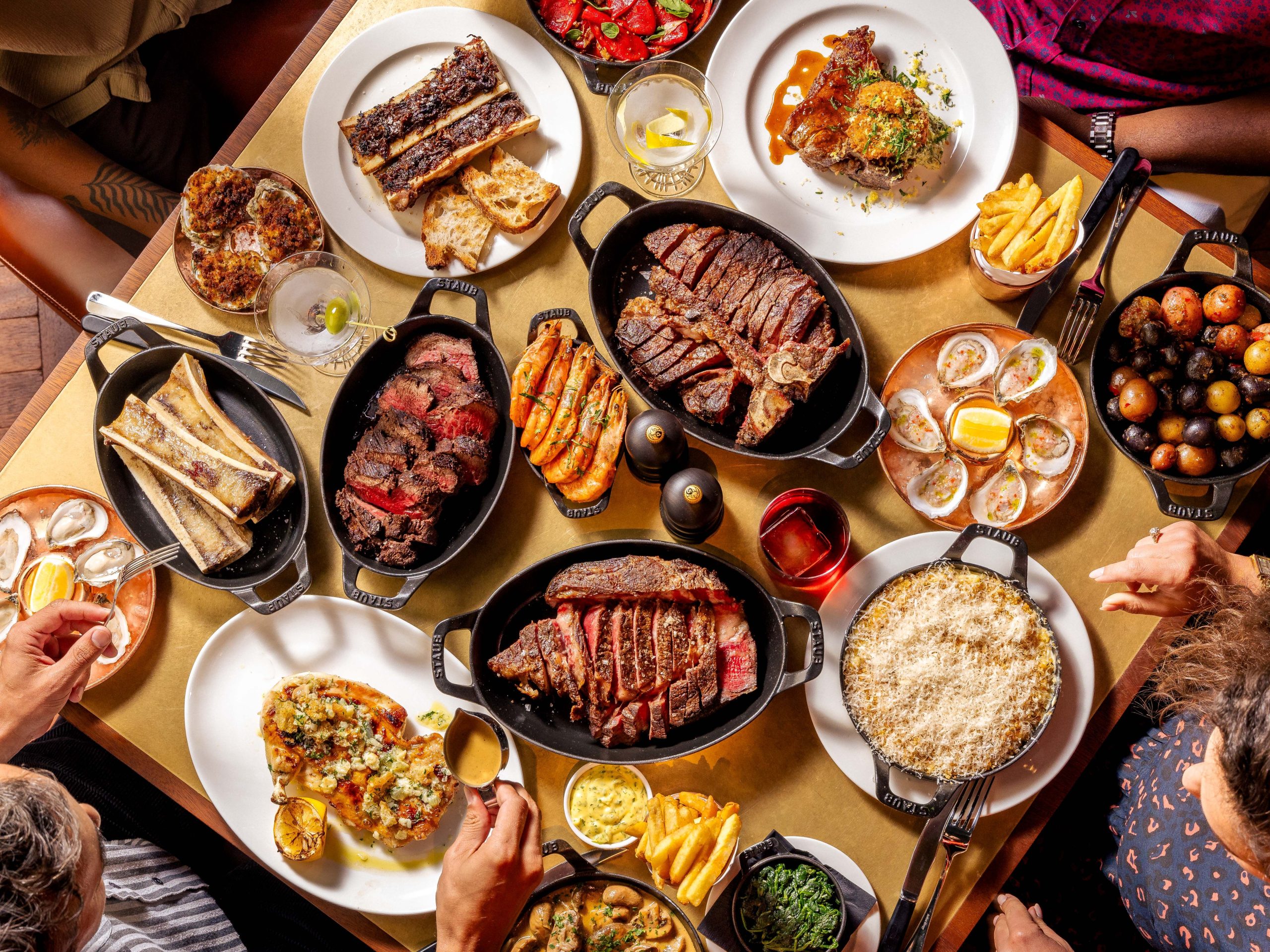Travel Itineraries through Local Markets: Discovering Cultures and Traditions through Commerce in the USA

Introduction
Exploring local markets is one of the most enriching ways to experience the culture and traditions of a region. These vibrant hubs of commerce are not just places to shop; they are unique windows into the heart and soul of communities across the USA. From the aromas of freshly prepared foods to the lively chatter of vendors and customers alike, local markets provide an immersive experience that showcases regional diversity.
In this article, we will delve into:
- Regional specialties that reflect local history and customs.
- Unique vendors offering handcrafted goods or traditional fare, each telling a story.
- Three must-visit local markets: Pike Place Market in Seattle, Reading Terminal Market in Philadelphia, and the Grand Central Market in Los Angeles.
By navigating through these bustling marketplaces, travelers can uncover:
- Authentic flavors that resonate with the community’s heritage. For instance, the fresh Dungeness crab at Pike Place Market highlights the influence of the Pacific Northwest’s coastal waters.
- Craftsmanship that highlights local artisans and their skills. At Reading Terminal Market, handmade pretzels and artisanal cheeses showcase Pennsylvania Dutch influences.
- Traditions passed down through generations, showcasing cultural diversity. The Grand Central Market often features a mix of Spanish, Mexican, and Asian cuisine, reflecting the melting pot that is Los Angeles.
Join us as we guide you through exhilarating travel itineraries that weave through the tapestry of America’s local markets. Each stop will enrich your understanding of the diverse cultures that contribute to the unique identity of this nation.
Pike Place Market: Seattle’s Culinary Icon
Pike Place Market is perhaps one of the most recognizable local markets in America, bustling with fishmongers, artists, and fresh produce vendors. The renowned fishmongers dramatically toss fish to one another, drawing large crowds and embodying the playful spirit of this market. This vibrant marketplace stands not only as a platform for commerce but also a historical landmark dating back to 1907.

Experience Fresh Coastal Delights
If you visit, you can savor local seafood, artisan cheeses, and handmade chocolates. The market’s numerous food stalls and restaurants serve dishes that reflect the regional bounty, including clam chowder and salmon prepared in a myriad of ways, ensuring that visitors leave with a true taste of Seattle.
Reading Terminal Market: A Philadelphia Gem
Located in the heart of Center City, the Reading Terminal Market is a must-visit for food lovers. With its roots extending back to 1893, this market emphasizes the city’s rich heritage, particularly its Pennsylvania Dutch influence. Inside, visitors can wander through aisles packed with fresh produce, baked goods, and aged cheeses, along with a wide array of international cuisines.
Take a Culinary Tour
Don’t miss the famous Beiler’s Doughnuts or the fresh sandwiches from DiNic’s, known for its roast pork and broccoli rabe. The atmosphere is lively, punctuated by the sounds of vendors calling out their daily specials, making it much more than just a shopping experience.
Grand Central Market: Los Angeles’ Flavorful Fusion
In downtown Los Angeles, the Grand Central Market thrives in a historic setting that has captivated locals and tourists alike since 1917. This market showcases the cultural melting pot of the city, with food stands offering everything from fresh sushi to gourmet tacos. It is a prime example of how local markets can adapt and reflect changing tastes and communities.
A Culinary Journey through Cultures
Visiting Grand Central Market, you are greeted with a myriad of global flavors, highlighting food from both long-established and emerging culinary trends. Vendors like Eggslut and G&B Coffee have become iconic, attracting long lines of devoted foodies eager to participate in this gastronomic experience.
As you journey through these local markets, you won’t just be shopping; you’ll be engaging with the stories, flavors, and craftsmanship that shape the local identity. These markets are a celebration of community spirit, drawing people together through shared experiences and tastes, making them worthy destinations for any traveler looking to explore the rich cultural fabric of America.
EXPLORE MORE: Click here to learn how to create eco-friendly itineraries</
Unearthing Cultural Gems: The Essence of Local Markets
Each local market has its unique charm that reflects the stories of the communities it serves. They serve not only as commercial spaces but also as cultural epicenters where traditions come alive through commerce. As you explore the markets of the USA, you’ll discover culinary traditions shaped by the rich tapestry of history, geography, and the vibrant diversity of the population.
Farmers’ markets, artisan markets, and flea markets can be found in cities and towns across the nation, each offering an authentic taste of local life. Whether you’re in search of fresh produce, handcrafted goods, or just the atmosphere of bustling exchange, these markets are where you can immerse yourself deeply in the culture of a region.
Local Flavors: A Taste of Tradition
Many local markets showcase regional specialties that tell the story of the land and its people. For instance:
- Chesapeake Bay crabs in Maryland highlight the seafood-laden heritage of the Mid-Atlantic coastal region.
- Beignets and gumbo at various markets in New Orleans reveal the French and Creole influences that define the unique culinary landscape of Louisiana.
- Maple syrup products in Vermont celebrate the age-old tradition of maple sugaring, a late winter event that symbolizes community gathering.
Engaging with these flavors not only satisfies the palate but also offers a glimpse into the cultural practices surrounding food production and preparation that have been handed down through generations. The stories behind these dishes, whether told by the farmers who grow the ingredients or the vendors who cook and sell them, create a rich narrative around the simple act of eating.
Artisanal Crafts: From Hands to Hearts
Alongside food, local markets are often teeming with artisanal crafts. Local artisans use varied materials and traditional techniques to create unique goods that resonate with their cultural heritage. Whether it’s pottery from indigenous tribes, textiles woven by skilled hands, or locally produced honey, these offerings not only represent craftsmanship but also the values and stories of the community.
Consider what purchasing one of these handmade items signifies. It’s more than a mere transaction; it’s a connection to the maker, the community, and the culture itself. Markets like the local artists’ section in the Santa Fe Farmers Market highlight the vibrant and diverse artistry that defines the city’s landscape, from handmade jewelry to intricate paintings that reflect the iconic Southwestern aesthetic.
As you chart your itinerary through these bustling markets, remember that you are participating in a larger narrative—one where commerce intertwines with tradition, and every purchase is accompanied by a story waiting to be discovered. Prepare yourself to engage with not just products but the lives and histories behind them, enriching your travel experience through the heart of America.
| Advantages | Details |
|---|---|
| Immersive Cultural Experience | Engaging with local vendors and experiencing authentic traditions fosters deeper connections with diverse cultures. |
| Support for Local Economies | Shopping at local markets promotes sustainability and stimulates the economic growth of the community. |
Exploring local markets in various cities across the USA offers travelers a unique perspective on cultural diversity and community spirit. These markets serve as vibrant hubs where regional delicacies, handcrafted goods, and artisanal products reflect local traditions and economic practices. Tourists can uncover interesting histories of the communities through guided tours that highlight not just the products for sale but the stories behind them.For those keen on discovery, itineraries featuring local markets ensure each visit is a feast for the senses—sight, sound, taste, and smell intertwine to create lasting memories. Whether sampling homemade sauces or browsing handmade crafts, these encounters provide insights into the artistry and skill within every locality, enriching a visitor’s experience far beyond typical tourist attractions. As you navigate through these bustling marketplaces, you’ll often find unique items that tell a story of cultural heritage, offering a chance to bring a piece of local art back home.
DIVE DEEPER: Click here to discover more
Market Stories: Voices of the Vendors
Local markets are not just about the goods for sale; they are a vibrant canvas painted with the stories of the vendors who operate within them. These merchants often have tales that reflect the values and traditions of their respective cultures. Engaging with these vendors not only enhances your experience but also offers insights into the heart of the community.
Imagine strolling through the eclectic aisles of the Pike Place Market in Seattle, where fishmongers hurl salmon through the air, delighting visitors with their theatrical displays. Each vendor has a unique story, often steeped in local history. For instance, the family-run businesses that have persisted for generations can provide a glimpse into what life in Seattle looked like during pivotal times, such as the Gold Rush and its significance to the region’s development.
When you connect with artisans at the Los Angeles Arts District Market, you can discover how urban renewal transformed an industrial neighborhood into a vibrant creative hub. Vendors here often speak passionately about their art, sharing how their backgrounds—be it Latino, Asian, or African American—influence their work. This artistic spending extends beyond a mere transaction; it transcends to an appreciation for cultural diversity.
Unique Events: Markets as Community Gatherings
Participating in events hosted by local markets can add an extra layer to your travel itinerary. Markets frequently host festivals and themed days that celebrate their rich heritage. For instance, the Eastern Market in Detroit is renowned for its “Food Truck Friday,” where visitors indulge in a variety of flavors while local musicians entertain. These gatherings foster community spirit, allowing local residents and visitors alike to bond over food and music.
In addition to culinary events, markets like the Union Square Greenmarket in New York City offer educational workshops that cover everything from sustainable farming techniques to cooking demonstrations. Such opportunities allow travelers to gain practical knowledge while savoring the deliciously fresh produce sourced from local farms. Not only does this enrich one’s understanding of food systems, but it also emphasizes the importance of supporting local economies through informed purchasing decisions.
Sustainability and Local Economies
Exploring local markets is also essential for understanding sustainability in the context of regional economics. Many markets prioritize local sourcing, offering a lower carbon footprint while providing fair wages to the producers. This market structure supports the community’s economic resilience. For example, in Asheville, North Carolina, the Asheville City Market actively promotes slow food principles, emphasizing local and organic produce. Shoppers here aren’t just making purchases; they are investing in the future of their community.
The unique intersection of commerce and community rooted in these vibrant markets is a tapestry of cultural traditions. As you embark on your journey through these local experiences, each interaction will deepen your understanding of the region’s culture. From aromatic spices to handcrafted jewelry, and from shared stories to communal gatherings, local markets are a treasure trove waiting to be discovered. A well-planned itinerary that integrates visits to these markets ensures not only an enjoyable travel experience but also a meaningful one.
LEARN MORE: Click here to discover the benefits of flexible travel
Conclusion: Embrace the Local Market Experience
In conclusion, travel itineraries that include local markets provide a unique opportunity to discover the rich tapestry of cultures and traditions woven into the very fabric of the United States. These markets are not merely places of exchange; they serve as vibrant community hubs where the stories of vendors and the heritage of their crafts come alive. From the bustling stalls of Pike Place Market to the creative atmosphere of the Los Angeles Arts District Market, each market offers a gateway into the local narrative, allowing travelers to immerse themselves in the community’s spirit.
Moreover, participating in events and festivals at these markets, such as Detroit’s Food Truck Friday or educational workshops at the Union Square Greenmarket in New York, further enriches the travel experience. By fostering connections not only with products but also with the people behind them, you gain a deeper understanding of regional sustainability and local economies, while supporting fair and ethical practices.
Ultimately, embarking on a journey through local markets is a celebration of discovery. It invites travelers to engage with the heart of American communities, turning each purchase into a shared experience and every conversation into a welcomed exchange of culture. As you plan your next adventure, consider prioritizing these essential stops to not only shop but to connect, learn, and grow through the vibrant stories that each local market has to offer.


